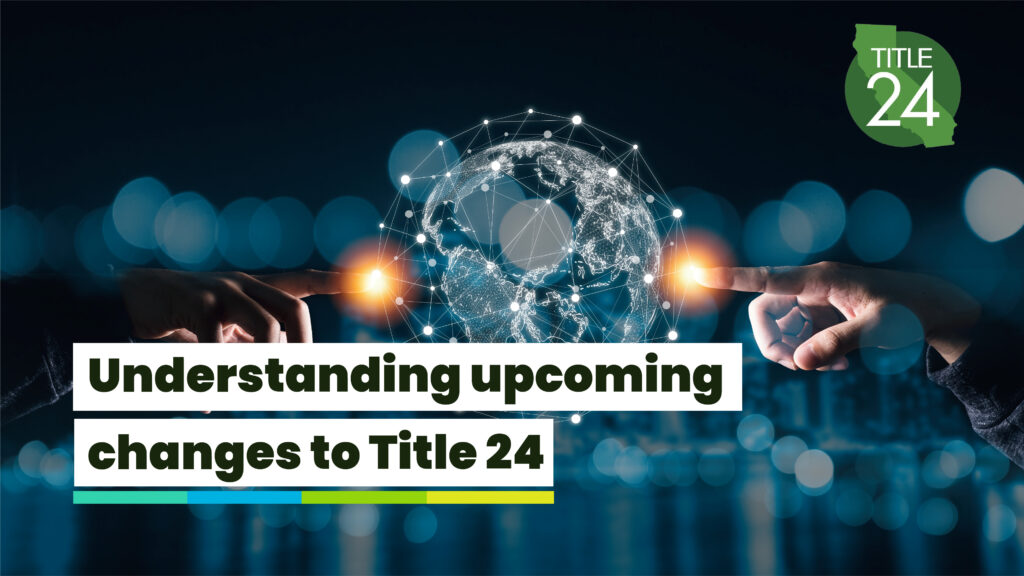What is New in Title 24 Energy Code for Lighting Control?

As you know, California updates its building energy code every three years. Title 24 focuses on energy conservation, green design, construction and maintenance, fire and life safety, and accessibility. This standard covers structural, mechanical, electrical, and plumbing systems in a building to minimize energy consumption. Title 24 new updates (Part 6) contain major changes in the lighting and control sections. If you are an architect or any other lighting practitioner, read on this blog to understand the major highlights in the building lighting control requirement that takes effect from Jan. 1, 2023.
What’s changed for Title 24 2022 energy efficiency standard?
There are two methods for achieving Title 24 compliance in California: Prescriptive or performance. The prescriptive method is the least flexible yet simplest compliance path. The performance method analyses the energy consumption of the entire building using software. Both methods require lighting controls in nearly all new construction projects and specific retrofit projects indoors and outdoors.
Click here to learn all the important lighting control requirements imposed by Title 24
Significant changes added in the California building energy code
As of January 1, 2023, the two major changes in the latest version of Title 24, part 6 are:
- A requirement for occupant-sensing controls in office spaces larger than 250 ft2
- Revised requirements for demand-responsive controls
Occupancy sensing control in office
Lighting in the Offices 250 square feet or smaller shall be controlled with occupant sensing controls to automatically shut OFF all of the lighting when the room is unoccupied.
According to new energy code, occupancy sensors are required to control lighting in offices larger than 250 ft2 and the zone size for each sensor cannot exceed 600 square feet.
Note: These requirements are similar to provisions in the 2018 and 2021 versions of the International Energy Conservation Code.
Revised requirements for demand-responsive controls
Some significant changes have been made to demand responsive controls. The demand response strategy induces lower electricity use during high consumption or when grid reliability is at risk based on a signal from the utility.
Previously, demand responsive controls are only required in building area above 10,000 ft2 . The new code requires demand responsive lighting controls for any building with an installed general lighting load totaling 4000W or more.
Exceptions
- Spaces where health or life safety, ordinance, or regulation do not permit general lighting to be reduced
- Alterations and additions that do not exceed 4000W
- Multi-Level lighting controls have become mandatory for indoor lighting controls under the section 130.1(b). Demand responsive controls are not required in areas less than 100 ft2 or with a lighting power density equal to or below 0.5W/ft2, restrooms, and any non-general lighting.
Title 24, part 6 also requires demand response controls to include plug load controls. If the building is required to have plug load management in addition to demand response control, the automatically controlled outlets must be able to be shut off in response to a signal from a utility. Although the owner is not required to mandate the strategy, this requirement guarantees that plug load control can be incorporated into demand response.
Note: While small offices may not require demand responsive lighting, controlled receptacles in these areas may be required to connect to the demand-responsive control system.
Ready to make the change?
This article has covered two significant changes in the 2022 version of Title 24. If you are a designer, installer or any other lighting practitioner renovation or planning a new construction, Title 24 may apply to your project. The new updates may bring great savings on energy bills and improve building’s efficiency.
To know how Lumos Controls can help you comply with Title 24, and build futuristic buildings, click here.